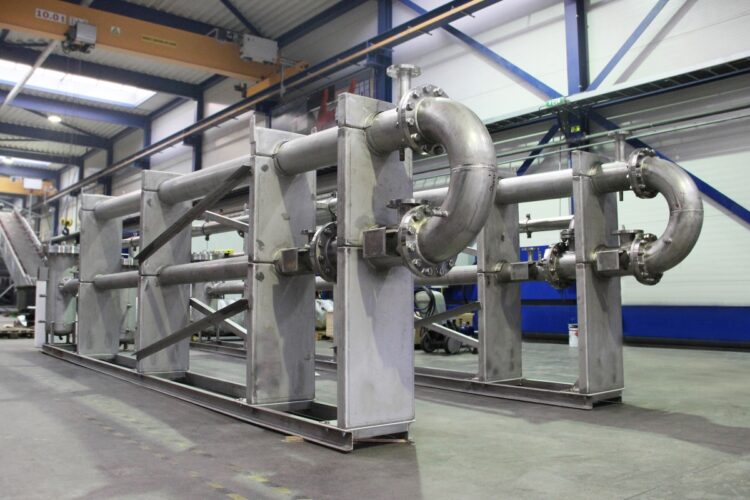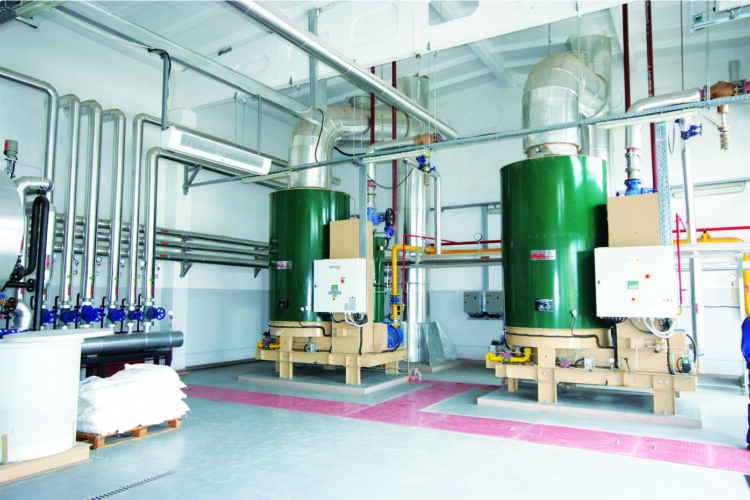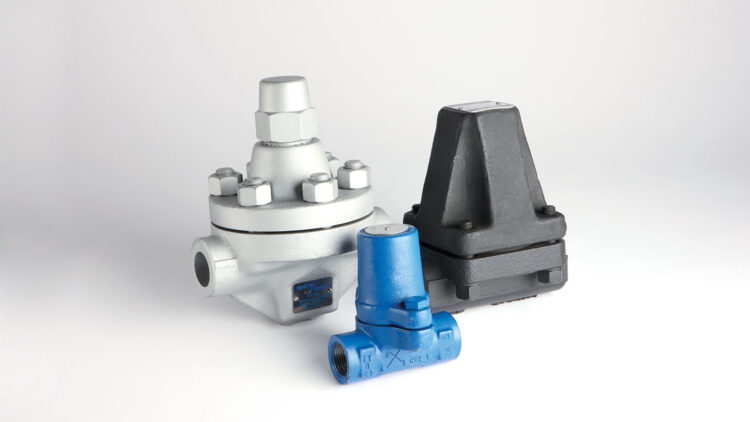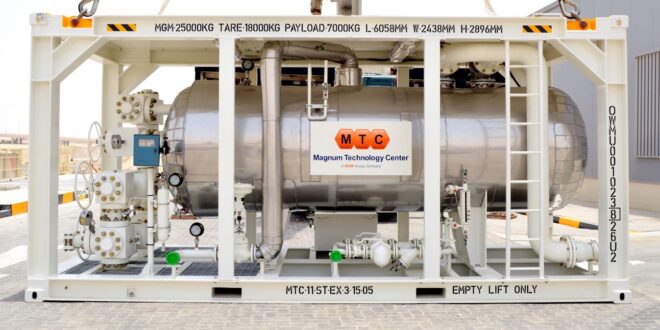In recent years, the increased prices of petroleum have prompted a lot of companies to reduce their operating costs in their processing plants. They started looking at ways to reduce the operating costs and one of the solutions they have started implementing are steam heat exchangers. They started using the plant’s steam resources as a primary provider of heat to different processes, and using it can drastically reduce the operating costs of the plant, hence, it allows the company to save a lot of money.
In this article, you will be able to read about what are steam heat exchangers, as well as how companies can benefit from them. Let’s take a look:
An Introduction to Heat Exchangers
A heat exchanger is a tool created for transferring heat from one source to another. The substances flowing through this equipment are separated by a solid wall, hence, they never mix with each other. Heat recovery systems are used in various industries including natural gas processing, power plants, chemical plants, petrochemical plants, as well as in air conditioning and refrigeration.

The Steam in Heat Exchangers
Saturated steam is used in these machines since its heat transfer coefficient is quite high. So, once the heat transfer with the steam uses the heat of the steam, it releases major energy as it condenses. Also, there are provisions made for condensate recovery. If you want to see more information about these machines, click here.
How Does Steam Provide a Stable, Even Heating?
Heat transfer by steam does not involve any changes in the temperature, however, it does involve temperature changes that happen by converting hot water into heat. Once the steam condenses on the surface, it passes its latent heat to the process or product. The condensate formed will contain the heat, hence, it will be the same temperature as the steam which was used to produce it. This will allow for even heating across the entire surface.
This method often saves companies money on heating. Trust in a company like Industrial Cooling Solutions for any repairs or upgrades to your systems for maximum efficiency.

Ways to Improve Heat Transfer
There are various ways in which you can improve your heat transfer, as well as steam efficiency. These methods include:
- Instead of using superheated steam, you can use saturated steam that will improve efficiency, as well as minimize the costs of operation.
- The temperature differences between the process fluid and the steam should be quite high.
- Keep in mind – the higher the flow rate, the higher your heat transfer will be.
- The high conductivity of the exchanger material will allow better heat transfer.
- If the surface area is larger, you will get a better heat transfer rate.
Ways to Improve Steam Efficiency

- Steam Traps – Steam traps are automatic valves that filter the steam and gases that are unable to condensate such as air without allowing the steam to escape from the heat exchanger. These steam traps need to be monitored at all times to detect leakage or other faults that can occur in the system. And by replacing the faulty traps, you will be able to minimize steam loss and improve the overall efficiency of the steam heat exchangers.
- Condensate Recovery – keep in mind that the condensate from the steam traps can be returned to the boiler, hence, you will be able to reduce the boiler fuel needs. Also, you will be able to reduce air pollution by reducing boiler needs.
Conclusion
As you can see, this steam heat exchanger system can help you reduce operating costs, work more efficiently, as well as reduce the pollution of our environment.
 Hi Boox Popular Magazine 2024
Hi Boox Popular Magazine 2024



